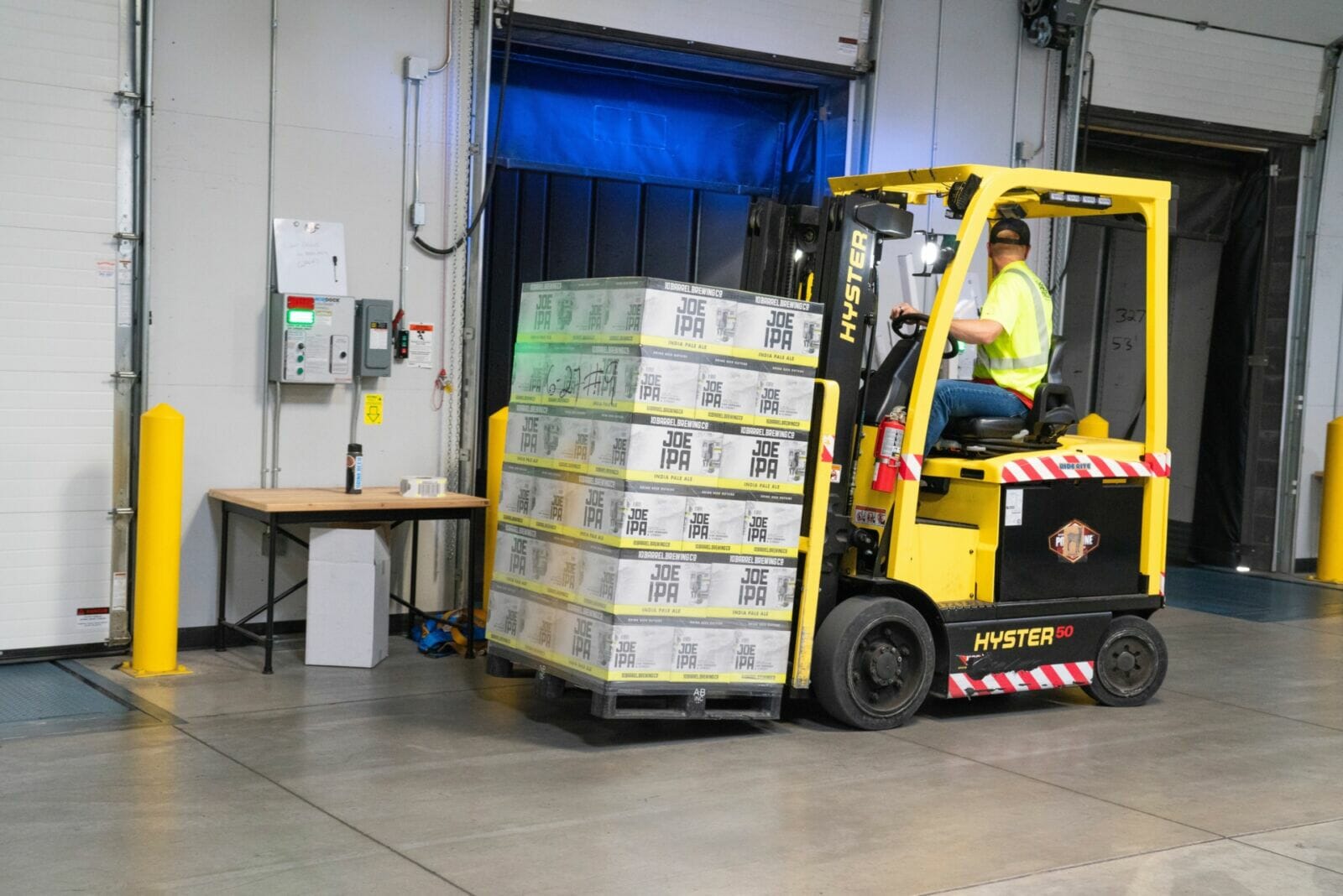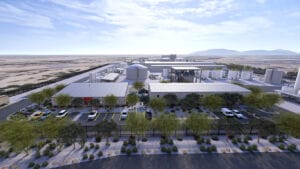In the fast-paced world of warehousing, manufacturing, and logistics, forklifts are the backbone of material handling operations. These powerful machines move thousands of pounds of inventory daily, operating continuously in demanding environments. But like any piece of equipment, forklifts require proper care to perform at their best. Implementing a comprehensive maintenance program isn’t just about avoiding breakdowns—it’s a strategic investment that reduces costs, improves safety, and maximizes your return on investment.
FOOD NEWS: 10 celebrity chef restaurants to try in Arizona
The True Cost of Forklift Downtime
When a forklift unexpectedly breaks down, the consequences ripple throughout your operation:
- Immediate productivity losses as loads remain unmoved
- Backup in shipping and receiving processes
- Potential delays to customer deliveries
- Overtime costs to catch up on missed work
- Expensive emergency repair fees
- Premature replacement of equipment
Industry studies suggest that for every hour a forklift sits idle due to mechanical failure, companies lose between $50-$250 in productivity, not including repair costs. With proper maintenance, you can avoid up to 75% of these unexpected breakdowns.
Essential Components of a Preventative Maintenance Program
1. Daily Operator Inspections
The first line of defense against serious forklift problems is the daily inspection. OSHA requires operators to inspect equipment before each shift, but these checks should be seen as more than just regulatory compliance—they’re an opportunity to catch issues before they escalate.
Train operators to check:
- Tire condition and pressure
- Fork condition and positioning
- Fluid levels (hydraulic, brake, engine oil)
- Hoses and chains for damage or leaks
- Brakes and steering functionality
- Warning lights and horns
- Battery condition (for electric models)
Providing a standard checklist and requiring documentation of these inspections creates accountability and ensures consistency.
2. Professional Service Intervals
While daily checks catch obvious issues, professional maintenance at regular intervals addresses deeper mechanical needs:
For Internal Combustion Forklifts:
- Every 200 hours or monthly: Oil and filter changes, fuel system inspection
- Every 500 hours or quarterly: Cooling system service, spark plug replacement
- Every 1,000 hours or semi-annually: Hydraulic system inspection, brake service
- Every 2,000 hours or annually: Complete system overhaul, transmission service
For Electric Forklifts:
- Weekly: Battery watering and cleaning
- Monthly: Terminal inspection and cleaning, checking charger functionality
- Quarterly: Motor inspection, carbon brush checks
- Annually: Complete electrical system testing, controller diagnostics
3. Fluid Analysis Programs
Oil and hydraulic fluid analysis offers early warning of internal component wear before catastrophic failure occurs. This laboratory testing can detect:
- Metal particles indicating gear or bearing wear
- Fuel or coolant contamination
- Hydraulic fluid breakdown
Many service providers offer fluid analysis as part of their maintenance packages, providing trending data that helps predict when components may need replacement.
Maintenance Best Practices by Forklift Type
Electric Forklifts
Battery maintenance is critical for electric models:
- Implement proper charging protocols to prevent memory effect and extend battery life
- Keep batteries clean to prevent electrical shorts
- Maintain proper water levels in cells
- Test battery capacity quarterly
- Keep terminals clean and properly torqued
Propane Forklifts
For propane-powered equipment:
- Inspect fuel lines and connections regularly for leaks
- Clean or replace air filters more frequently in dusty environments
- Check emission components and adjust as needed
- Ensure proper fuel mixtures for optimal performance
Diesel Forklifts
Diesel engines require:
- More frequent fuel filter changes
- Water separator inspection and maintenance
- More rigorous cold weather preparation
- Emission system maintenance
Building a Maintenance Management System
Documentation and Tracking
A systematic approach to tracking maintenance includes:
- Digital record-keeping – Maintain a database for each forklift including:
- Maintenance history
- Parts replaced
- Operator notes on performance issues
- Service costs
- Hour meter tracking – Schedule maintenance based on actual usage rather than calendar time
- Performance metrics – Track key indicators like:
- Frequency of breakdowns
- Mean time between failures
- Repair costs as percentage of replacement value
- Downtime hours
Training Components
Maintenance success depends on proper training:
- Operator training on daily inspections and basic troubleshooting
- Supervisor training on identifying warning signs of equipment issues
- Internal maintenance staff certification and continuing education
- Clear communication protocols for reporting problems
The Economics of Preventative Maintenance
Consider these financial realities:
- Lifecycle extension – Well-maintained forklifts typically last 10,000-20,000 hours, while neglected equipment may fail at 5,000-8,000 hours
- Resale value – Forklifts with documented maintenance histories command 15-30% higher resale prices
- Cost comparison – Preventative maintenance typically costs 25-30% less than reactive maintenance on a per-year basis
- Safety incidents – Equipment failures contribute to workplace accidents, with associated costs of worker compensation, increased insurance, and potential regulatory fines
Ergonomics and Operator Comfort Maintenance
Don’t overlook the maintenance of operator comfort elements. Worn-out seats, frayed seatbelts, and damaged floor mats might seem like minor concerns, but they directly impact operator comfort, productivity, and safety. Regularly inspect and replace these items as needed, sourcing quality replacement parts from reputable suppliers such as https://intellaparts.com, which specializes in forklift parts and accessories. Investing in operator comfort is just as important as mechanical maintenance for maximizing productivity and employee satisfaction.
Technology and Forklift Maintenance
Modern technology is transforming maintenance practices:
- Telematics systems that monitor usage patterns, impacts, and operational metrics
- Predictive maintenance software that uses data analytics to forecast component failures
- Digital inspection apps that streamline daily checks and centralize documentation
- Inventory management systems for maintenance parts to reduce repair delays
Creating Your Maintenance Calendar
A comprehensive maintenance schedule should include:
- Daily operator inspections (15-30 minutes)
- Weekly quick-service items (filters, fluid levels, battery maintenance)
- Monthly professional inspections (2-4 hours of downtime)
- Quarterly major service (4-8 hours)
- Annual comprehensive overhaul (1-2 days)
Planning these interventions during natural operational downtime minimizes disruption.
Conclusion: The Maintenance Mindset
The most successful operations view forklift maintenance not as an expense but as a critical investment in operational excellence. By implementing a comprehensive maintenance program, you’re not just extending equipment life—you’re enhancing safety, maximizing productivity, and strengthening your bottom line.
Remember that each dollar spent on preventative maintenance typically saves $3-$5 in emergency repairs, downtime, and premature replacement costs. In today’s competitive business environment, that’s an investment you can’t afford to miss.




